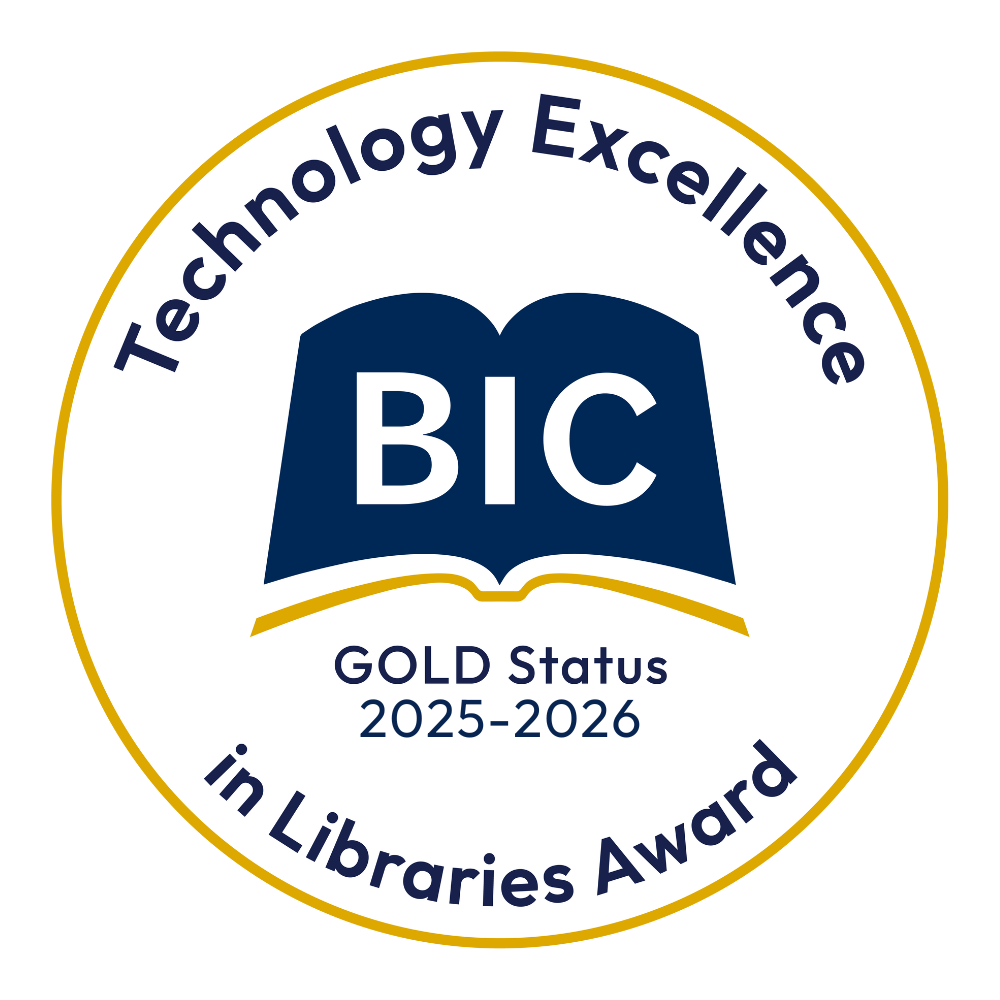For help, advice and telephone ordering call our team on 0121 666 6646
Are you sure you wish to delete this basket?()
This action cannot be undone.
Sorry, something went wrong
Please report the problem here.
How to reach reluctant readers in Key Stage 3

March 24th 2025
Key Stage 3 is a critical time for literacy and reading enjoyment. In response to the increased focus on this stage in children's development, alongside the decline in young people reading regularly for pleasure, your school may be evaluating and updating its strategy towards reading at KS3.
In our blog, Children's Book Specialist Natalie offers practical tips for teachers and librarians for engaging and supporting reluctant readers in KS3.
 |
Natalie | Children's Book Specialist Natalie joined Peters after working with Upper KS2 and KS3 children as a school librarian. Prior to this, she completed an MSc in Information and Library Management and worked at the University of Birmingham’s library for over 10 years. As part of our review team, Natalie has access to the full breadth of the children’s book market from K1 books to K3 books and above, and reads everything from picture books to older teen fiction. In her downtime, she enjoys reading mysteries and light popular fiction. |
Why is it important to engage Key Stage 3 readers?The benefits of reading are well documented – not only does it boost educational attainment, but it also aids mental health, promotes relaxation and boosts resilience. However, for many students, reading is seen as a chore. It's something that has to be done to appease teachers or parents, and there has been a drop in children who identify as readers. Key Stage 3 is a crucial time for readers. The curriculum becomes more demanding, as do pressures on time. Parents often step back from supporting regular reading, and may even discourage reading for pleasure to focus on ‘studying’ instead. |
Natalie's practical tips on how to support reluctant readers
Audit your book stock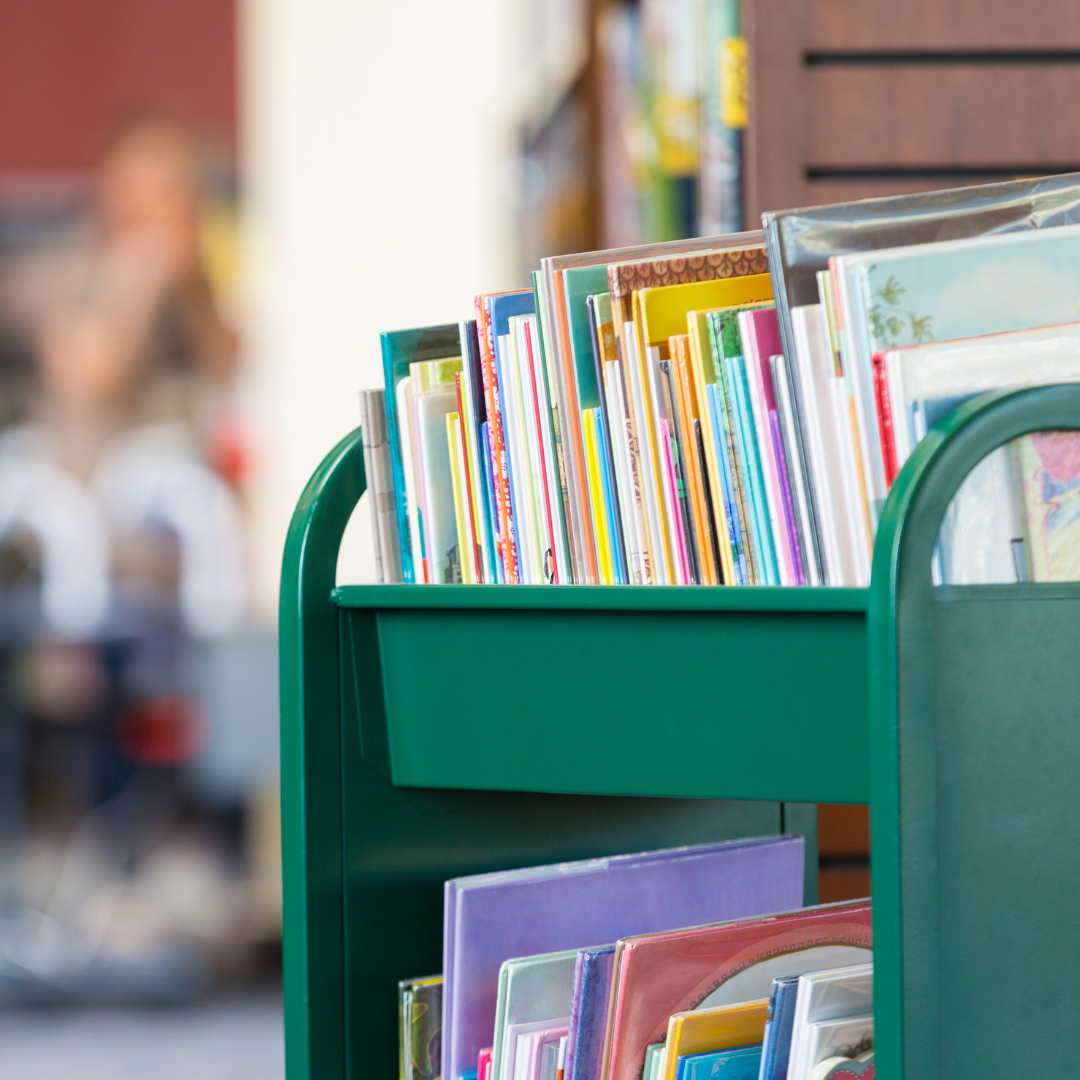
The key thing to remember is that students need access to a vast array of entertainment. You’re trying to influence their free time, so you need to offer books they want to read.
- Create Manga and Graphics collection to draw students in. For more specific advice related to Manga, read our recommendations about creating a library manga collection from Children's Librarian, Lucy.
- Engage their interests through books. Provide fiction and non-fiction on subjects that are popular with your students.
- Get students involved in stock decisions. Allow students to choose the library's book stock or take suggestions from them. You can also run book fairs, or even have school visits to bookshops.
- Offer short reads and make them visible to students. ‘Quick reads’ are less daunting than longer reads and can give pupils a sense of achievement in finishing a book more quickly.
- Stock multiple copies of popular titles. Buy more than one copy of popular titles to enable pupils to read together.
- Ensure your collections are diverse and inclusive. Make sure your book stock echoes the range of realities and experiences of your student body, so students can see themselves and their experiences reflected in what they read.
Books for reluctant readers |
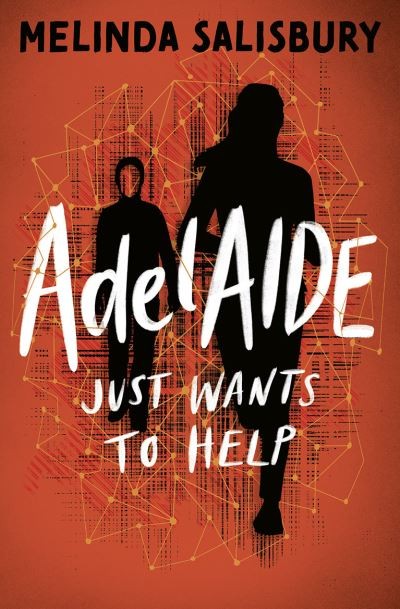 |
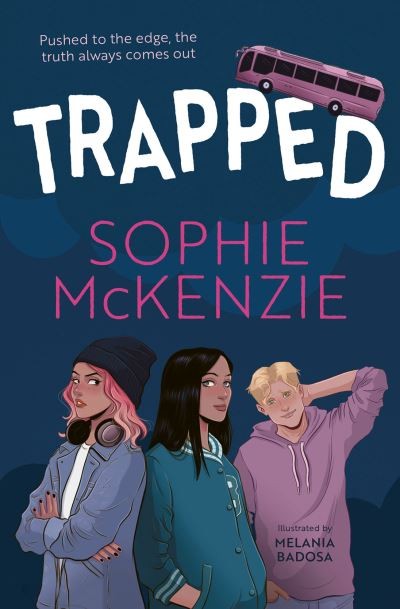 |
 |
 |
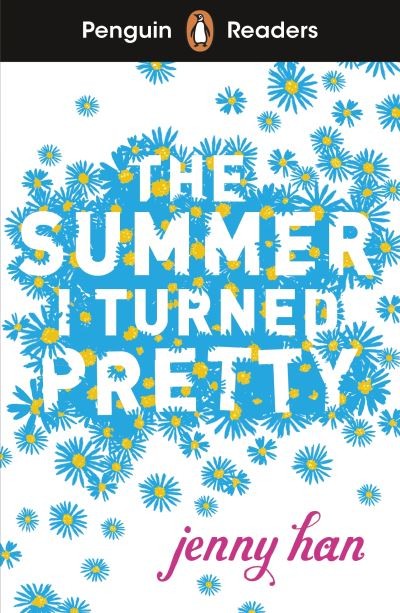 |
Build a reading culture
A good reading culture is an environment where reading is celebrated, appreciated and respected. Here are some quick ways to contribute to a reading culture.
- Develop a paired reading scheme between Year 7s and Year 10s. This helps the Year 7s see reading as a cool activity, whilst building mentorship skills and confidence in the Year 10s.
- Organise author visits to your school. Author visits are usually very popular with students and create a buzz around reading.
- Choose a title per year group for the whole cohort to read. Whole year group reads foster a sense of reading community across the cohort.
- Read aloud during Tutor Time. Reading aloud is still important at secondary school. Tutor Time reads can help to broaden pupils’ literary horizons, and enable you to raise important issues through the texts.
Recommendations for whole group reads |
 |
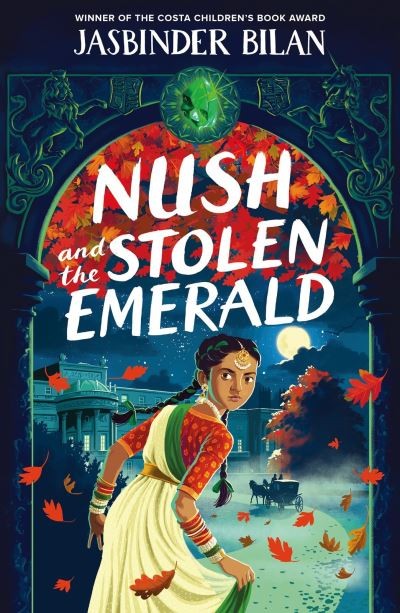 |
 |
 |
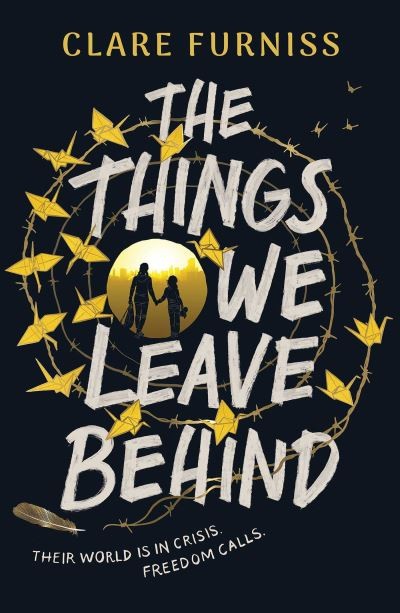 |
- Designate time in school for free reading. Young people often struggle to find time to read outside of school for various reasons. Creating dedicated time during the school day will give them the opportunity.
- Get all staff on board with reading and book talk. Have a whole school approach to reading – from lunchtime staff to the head teacher. This helps students to see all different types of readers. It also helps with keeping book talk informal, but also something we all do and can connect with.
- Involve parents in school reading culture. Get parents involved by promoting reading in newsletters and emails home. Emphasise the importance of reading for pleasure to parents in these communications.
- Empower the students to see reading as their own personal choice which greatly benefits them. Encourage pupils to give themselves the advantage of reading and appeal to their sense of social justice.
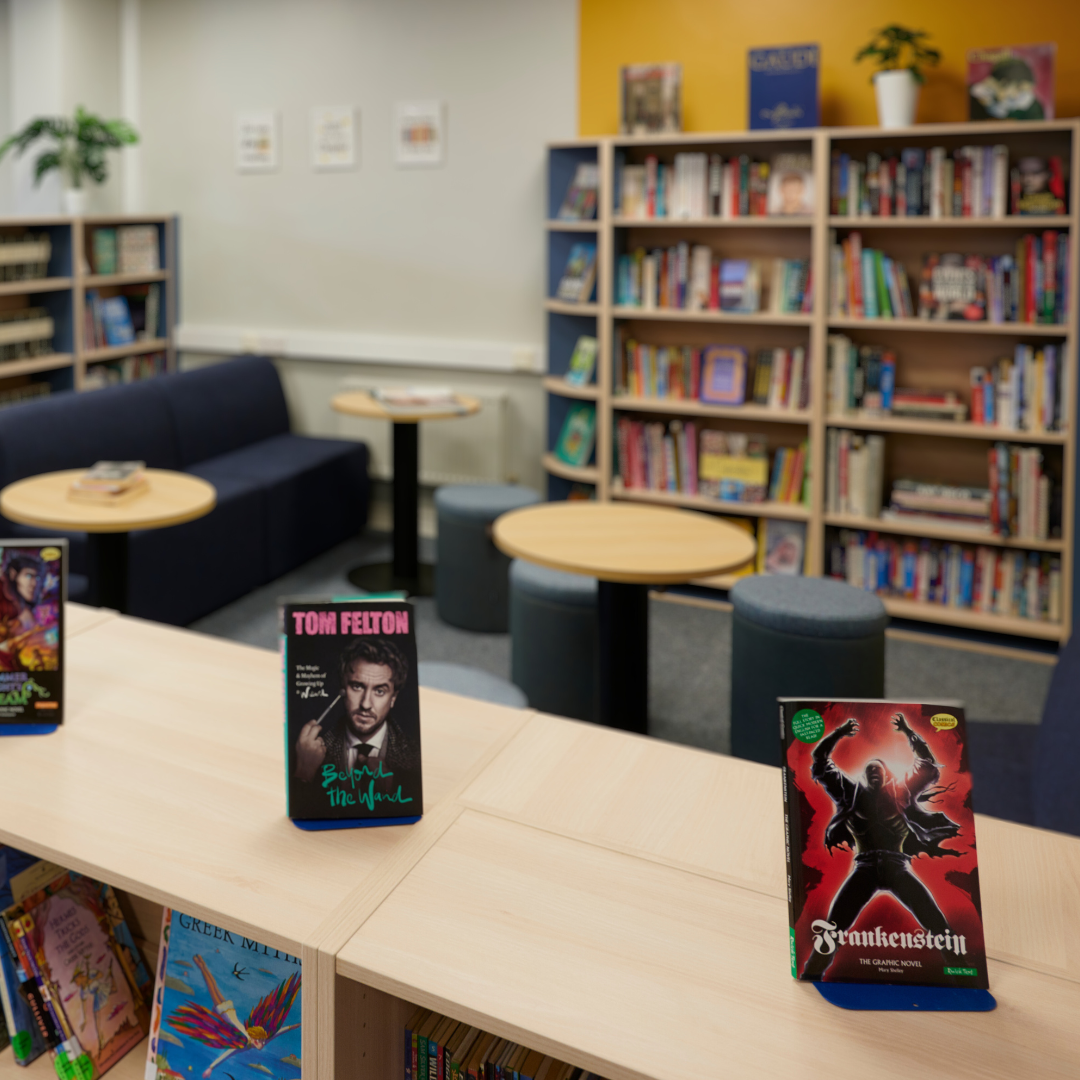 Create a welcoming library setting
Create a welcoming library setting
Reluctant readers are often also reluctant library users. Creating a welcoming library environment is important to draw those students in and take their first steps towards reading for pleasure.
- Offer a 'Quick Reads' section which is easily accessible. Create a short novel section for quick reads, as this makes these titles easier to find.
- Create eye catching displays and present books outward-facing. Students can be overwhelmed by the range of choice on offer in the library. Make it easy for them to find the books they want to read by signposting through displays.
- Invest in flexible furniture so the library can suit different users' needs. Movable furniture in libraries can literally bring people together! Being able to sit with friends to look at a book, or for paired reading, can make reading more of a social activity. By using bookshelf units on castors and modular seating, you can create zones for quieter reading or group reading.
The Streetly Academy (pictured right) is a great example of a flexible and friendly secondary school library, using forward-facing displays and modular, moveable seating. You can explore their new library in our design case study.
|
Seeking further support with reluctant readers? We can help. From bespoke book selections to KS3 reading for pleasure book subscriptions, our team of qualified librarians, teachers and book specialists can help you reach all your students. Get in touch with us by completing our online form or emailing hello@peters.co.uk. |
Read more advice for secondary school libraries
|
5 tips for creating a library manga collection, with librarian and graphic novel specialist Lucy |
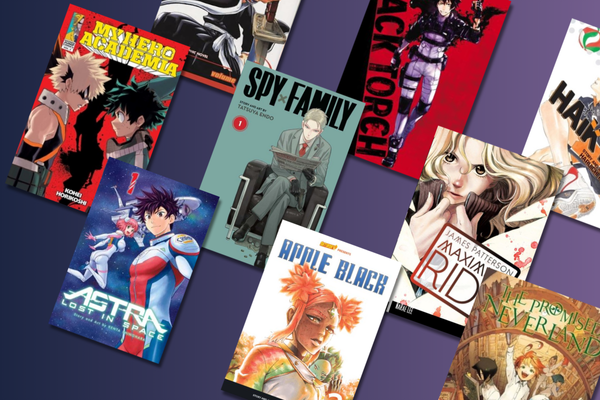 |



